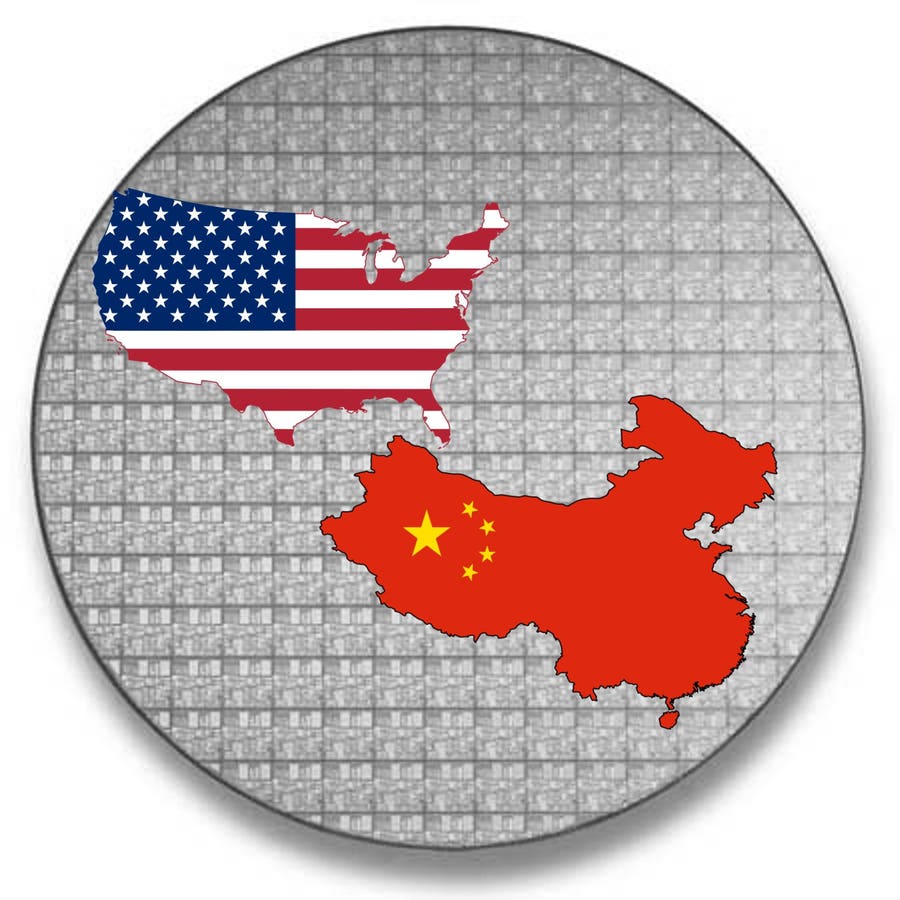The tech industry has been struggling to meet the high demand caused by the COVID-19 pandemic, with semiconductor manufacturing proving to be a significant bottleneck for various products. While supply and demand have started to align better over the past year, there are still constraints in areas like GPUs and HBM for data center AI applications. The industry was moving towards more moderate and predictable growth, driven by decreasing bill of materials until new tariffs were imposed by the US under Section 301 of the Trade Act of 1974, disrupting this progress.
The new tariffs, which target Chinese imports including EVs, solar cells, chips, lithium-ion batteries, steel, and aluminum, range from 25% to over 100%. While some of the tariffs will be phased in over the next few years, impacting different applications at different times, they are expected to drive up prices for consumers, especially for consumer electronics. These tariffs are likely to increase the cost of materials, labor, and device assembly, impacting various segments of the tech industry from appliances to automotive.
The tariffs are expected to further fuel the ongoing trade war and increase the cost of materials used in consumer electronics as well as the cost of doing electronics assembly in China. Despite the question of potential benefits, it is uncertain whether the tariffs will help Western countries become more competitive with China’s manufacturing capacity. The electronics industry has decentralized over the years to efficiently leverage global resources, but it will take time to mitigate the impact of China on the global supply chain, with investing in new capacity and intellectual property being crucial.
Tirias Research predicts that the new tariffs will have a negative impact on the semiconductor and electronics industries, as well as global GDP, starting late in 2024 and continuing throughout their duration. The extent of the impact will depend on China’s response to the tariffs. It is crucial to consider the full value chain when imposing tariffs to create a level playing field, as any imbalance can ultimately result in consumers bearing the cost. The fragile balance in applying tariffs can have far-reaching consequences, and in this case, it is the tech industry that will suffer as a result.


